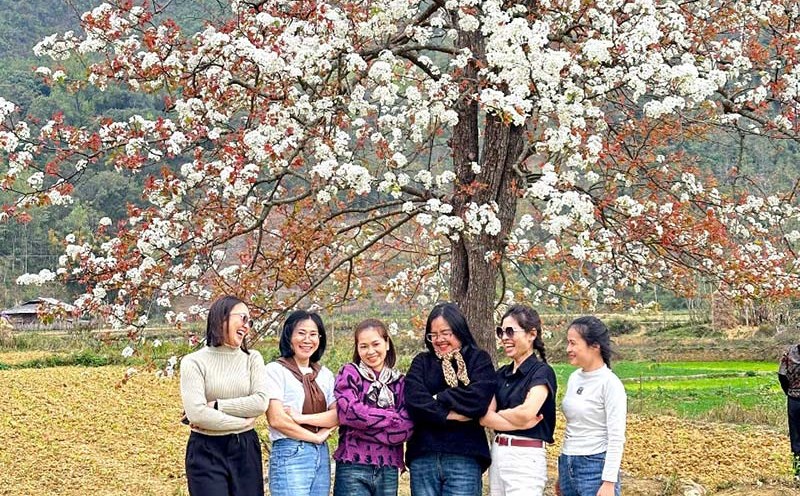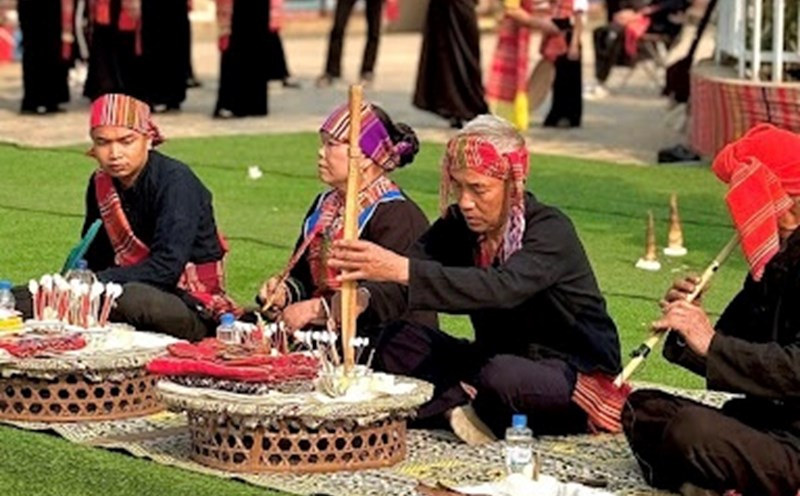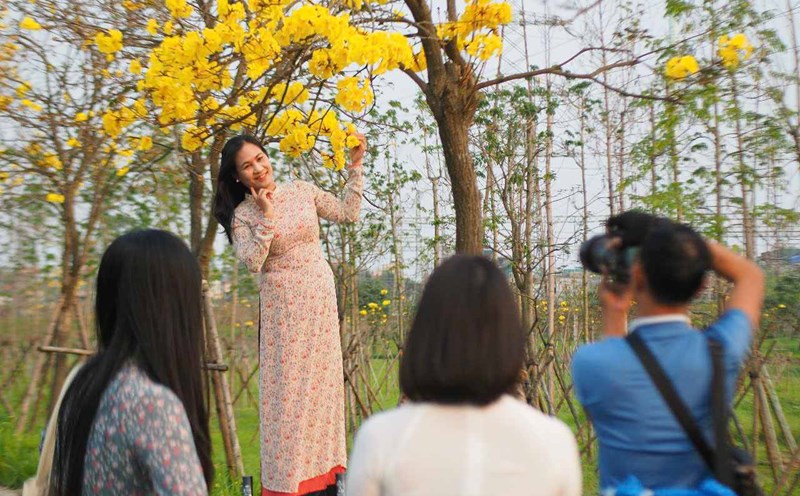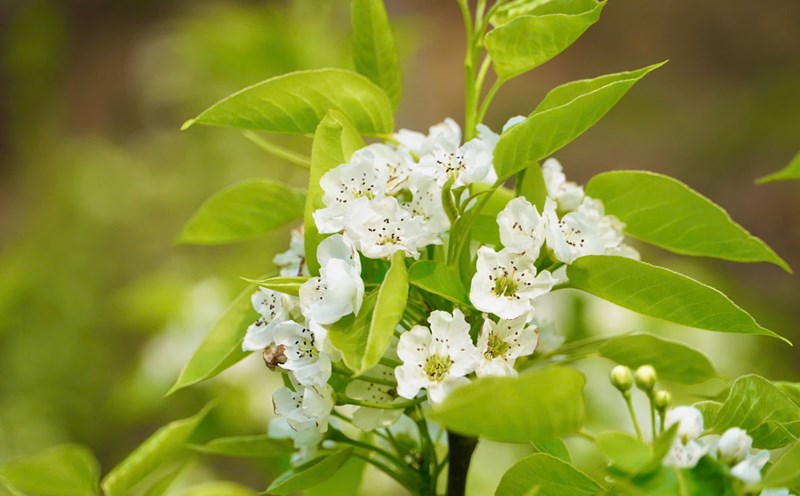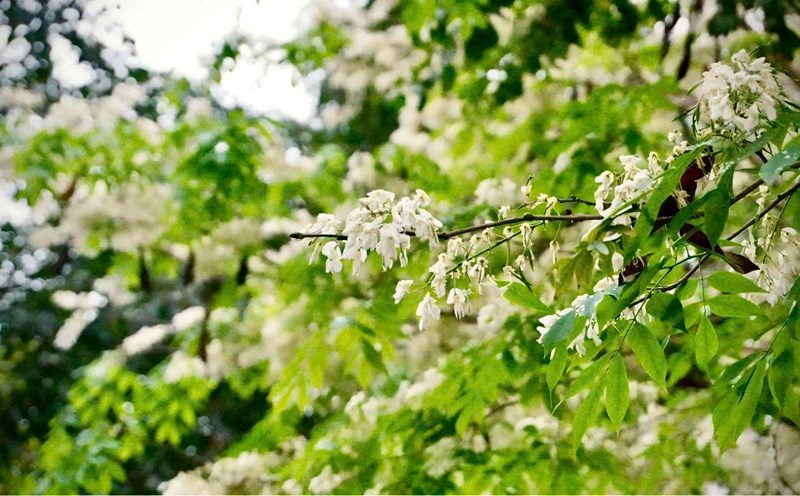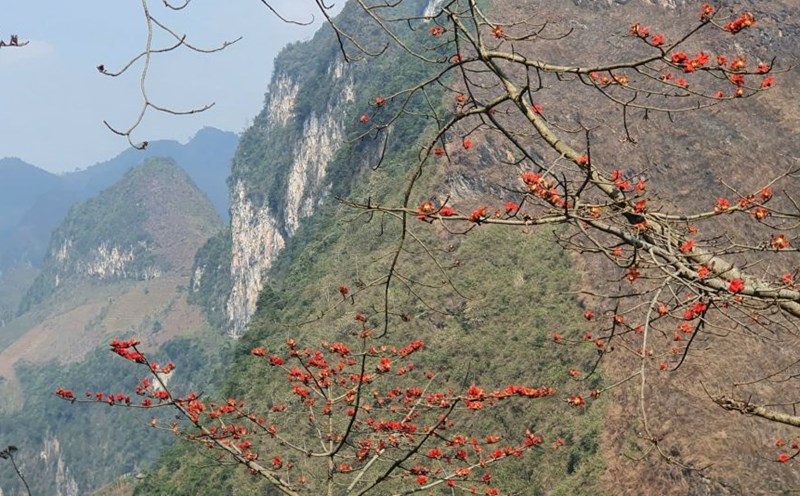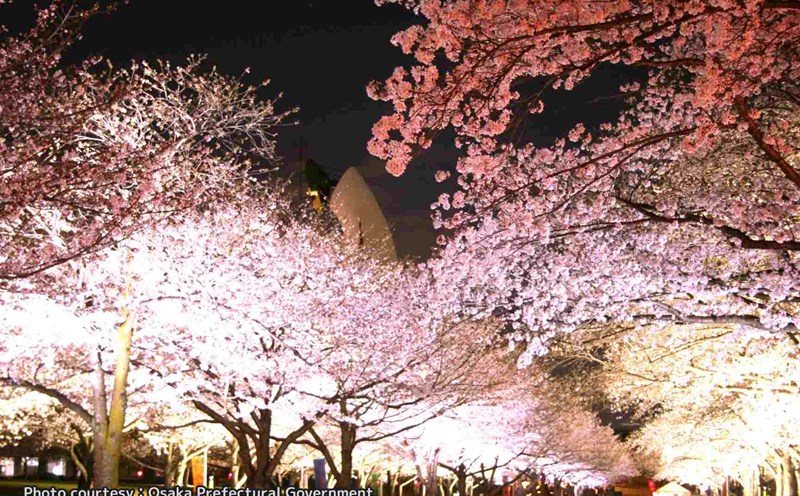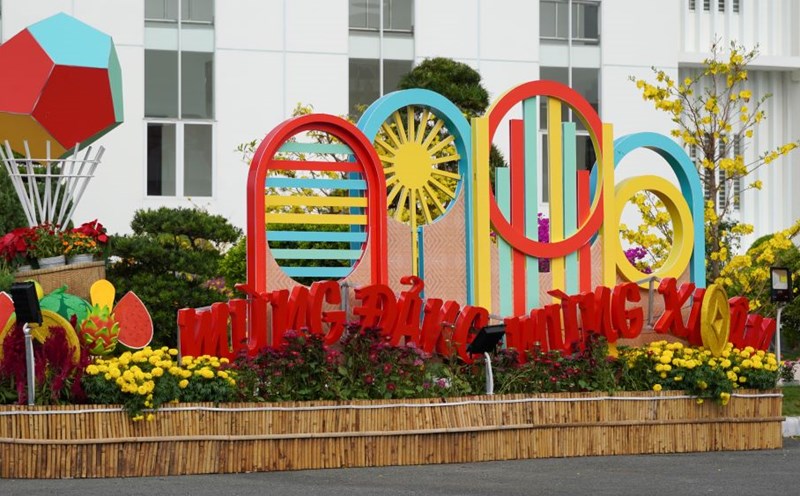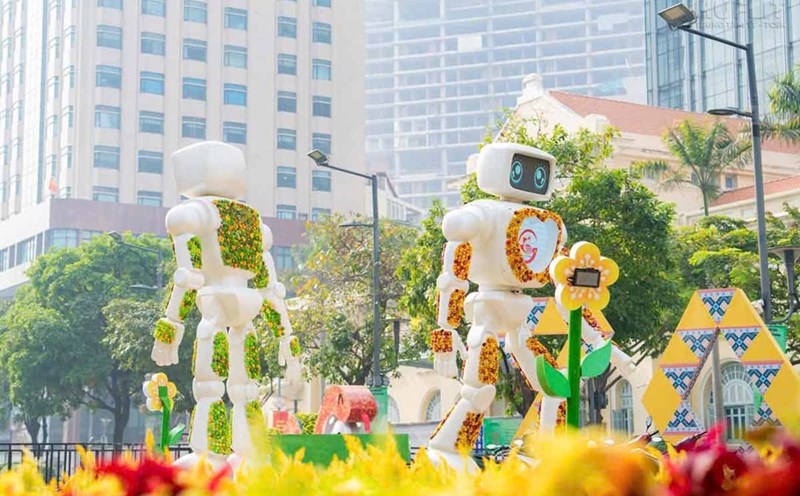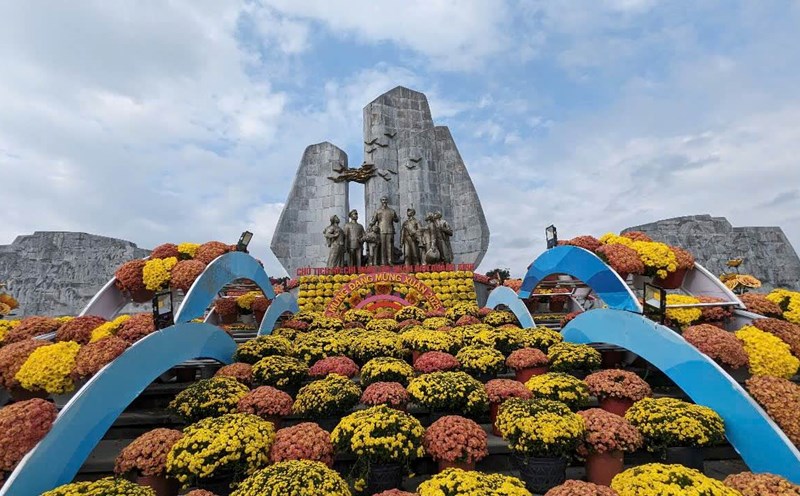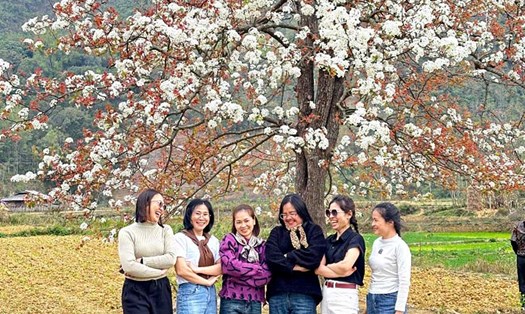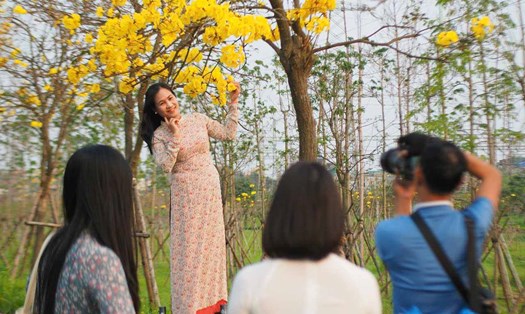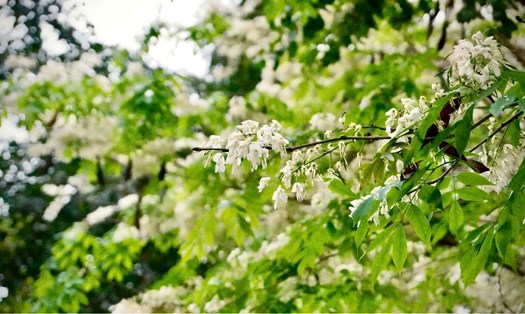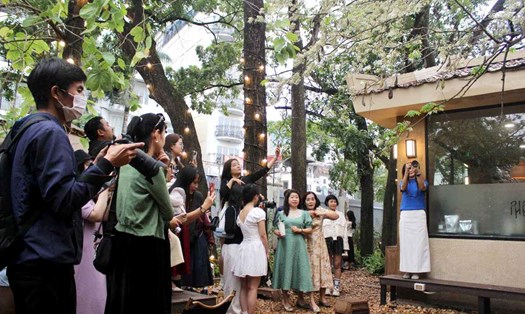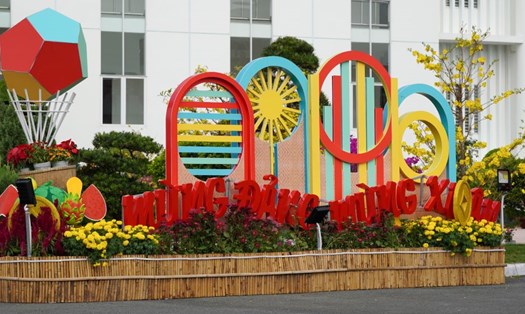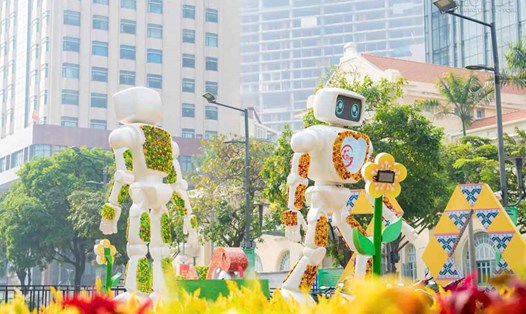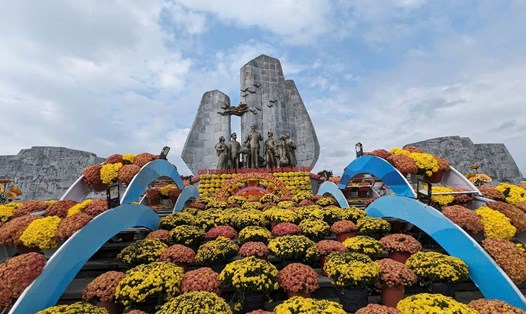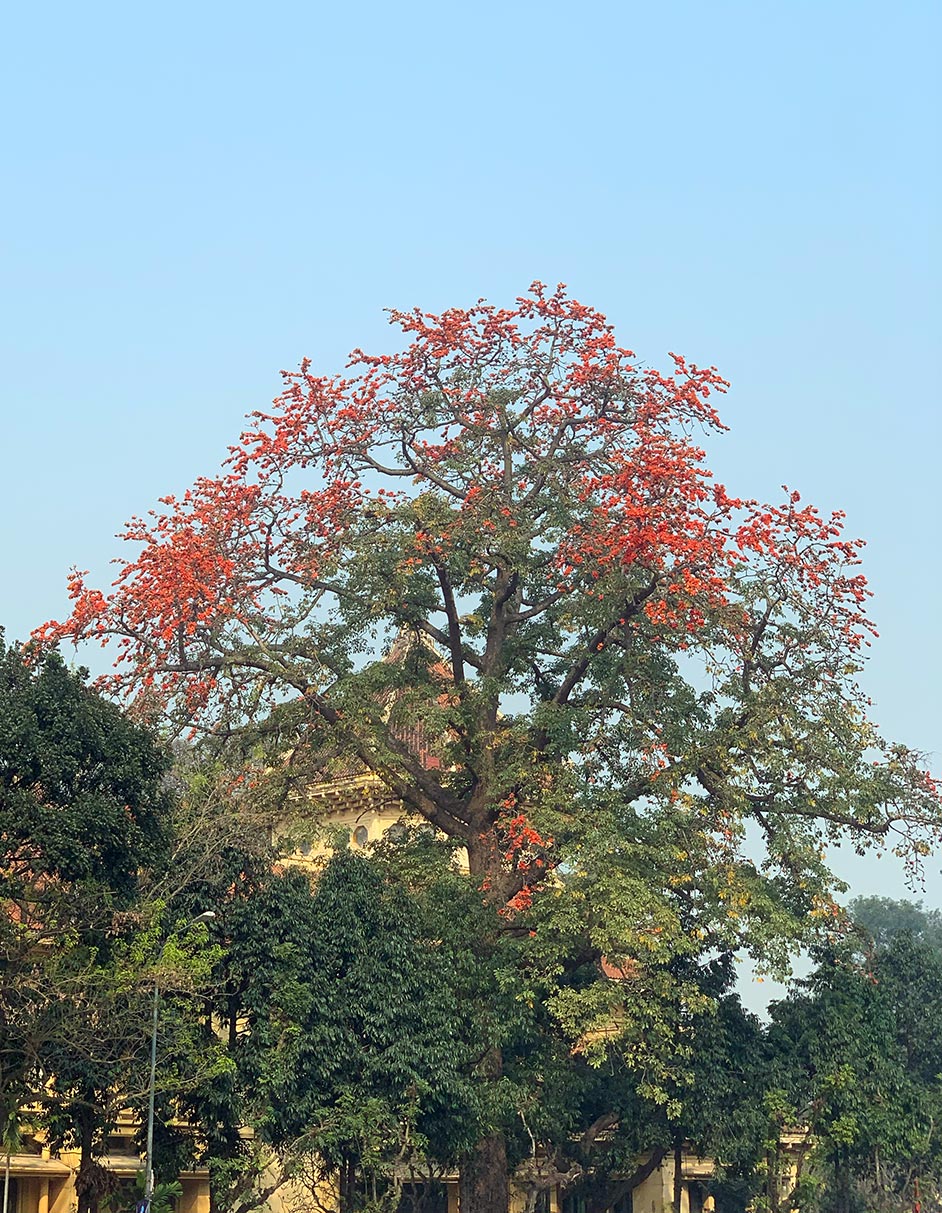
Attached to the National Museum of History for more than a century, the ancient rice flower tree is a familiar image to many generations of people in the capital. The tree is located on the right side of the main building of the museum - a typical work of the Indochinese architectural style in Vietnam during the colonial period. This building is also known by the familiar name of Uncle Ho's house.
The rice flower is also known as the annual mangrove, or the annual pink flower. The rice flowers are bright red or pink, with quite large branches between the 5 small petals. The flower season usually blooms in late spring, March or April. During the blooming season, the museum often welcomes people and tourists to visit and take photos.

This year's rice flower season at the National Museum of History has entered its final days. People and tourists still come to visit, take photos and record the end-of-season moments under the rice canopy.
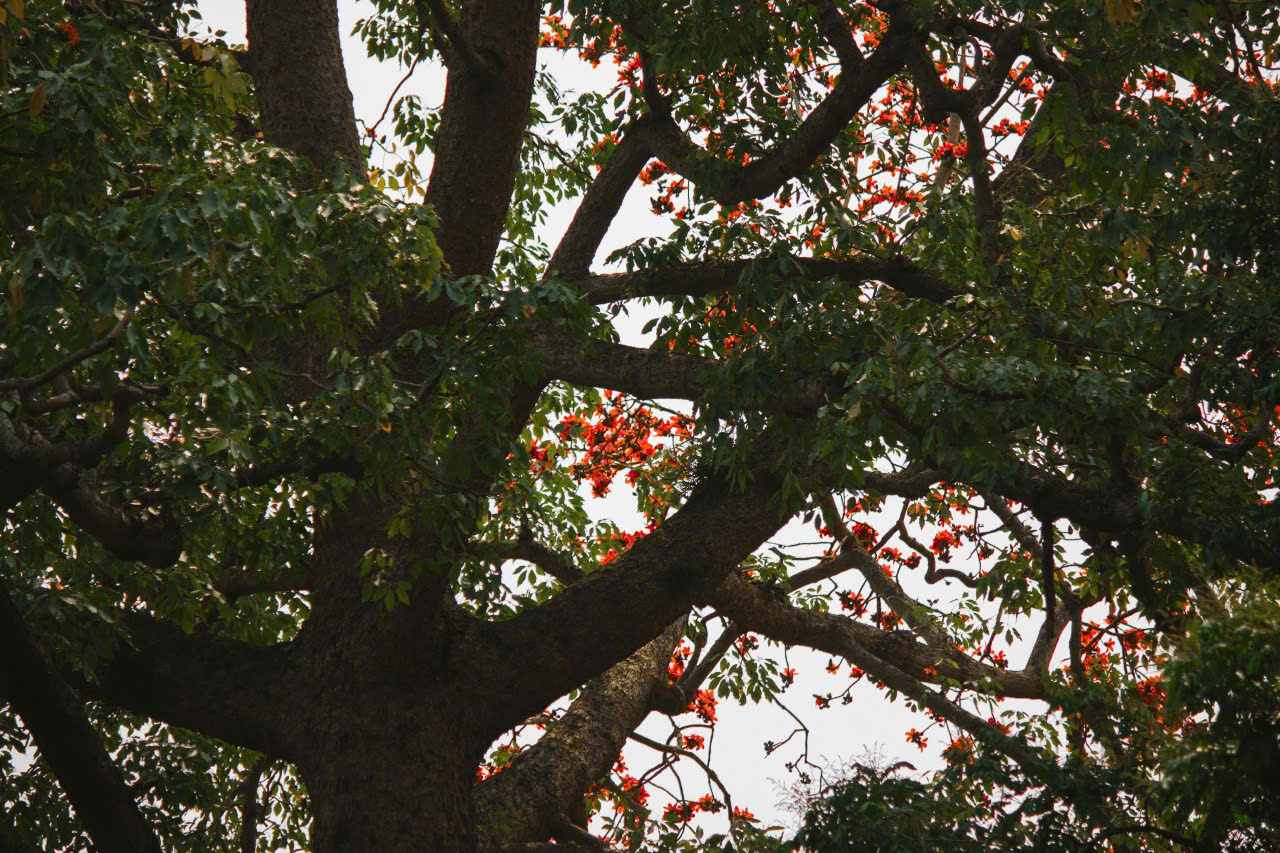
Pham Thi Lam Anh (19 years old, Hanoi) took the weekend to invite her friend to the museum to take photos of rice flowers: "I have wanted to come here for a long time but my house is too far away so I can only go. Only then did I find it worth the effort, the beautiful scenery, the meaningful museum where there are still many flowers, taking photos on it very satisfying.
Bui Anh Thu, a visitor, shared: I often look for old structures to take photos with. Here, the orange-red rice flowers and green leaves standing out on the ancient golden walls are very beautiful".
In the museum space, in addition to enjoying the flower season, visitors should not miss the opportunity to learn about the invaluable treasures preserved here such as the Ngoc Lu bronze jar, Van Ban Pagoda bell, Tu Ky Pagoda Stone mortar, Le Trung Hung Dynasty Stone Bridge Bridge...


